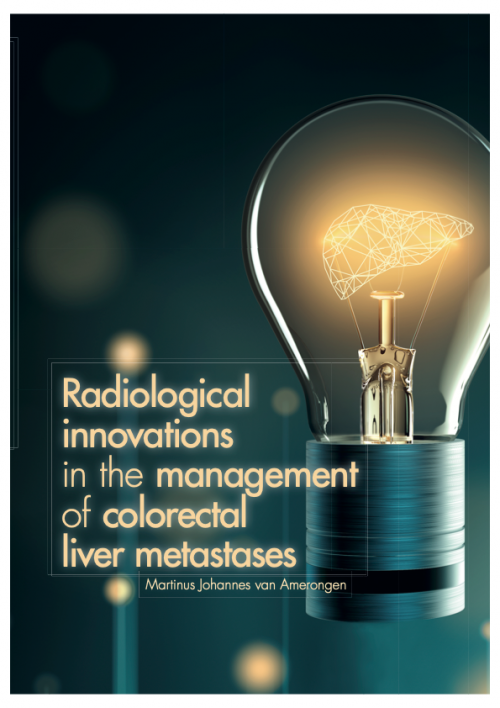
Radiological innovations in the management of colorectal liver metastases
Radiological innovations in the management of patients with colorectal liver metastases (CRLM) have been analyzed in the preceding chapters of this thesis. Colorectal cancer is the third most common malignancy in both males and females. Approximately one out of four patients with colorectal cancer will develop either synchronous or metachronous liver metastases. In about half of these patients, the liver is the sole location of metastases. The most optimal long-term survival of patients with liver-only CRLM can currently be achieved with a resection of the liver lesions. However, 75%-90% of these patients is not eligible for this curative treatment due to multiple factors, such as, clinical condition of the patient, location of the metastases in the liver and the expected remnant of the liver after surgery. The number of eligible patients for surgery can be increased by using preoperative strategies, for instance, by downstaging with neoadjuvant chemotherapy, portal vein embolization or two staged operations. In case these patients remain inoperable, minimally invasive ablative treatments have been developed, of which radiofrequency ablation (RFA) is the most commonly used, which functions as described in chapter 1. By using RFA, it is possible to treat certain ill-located lesions, either as a solitary treatment or in combination with liver surgery
